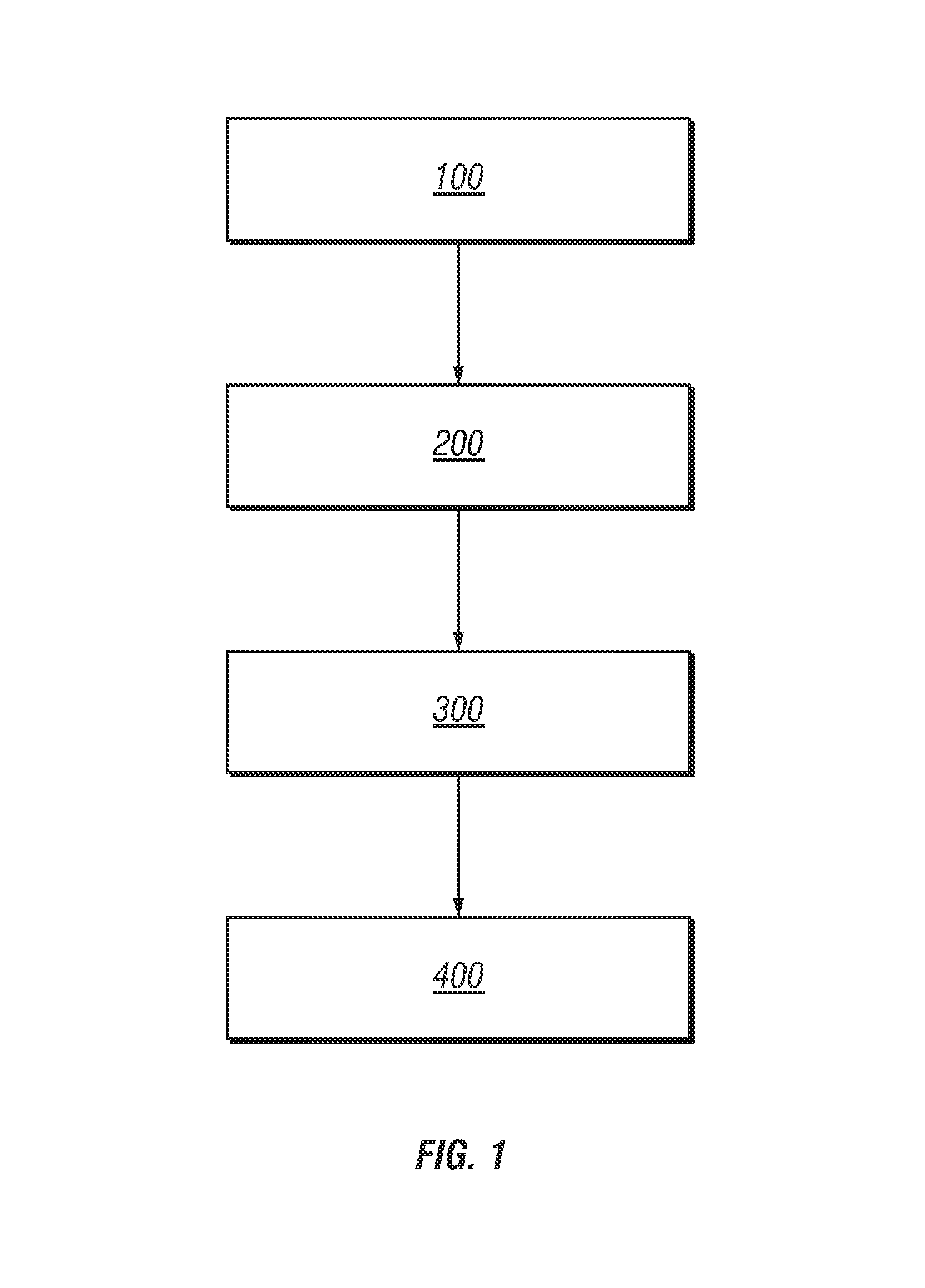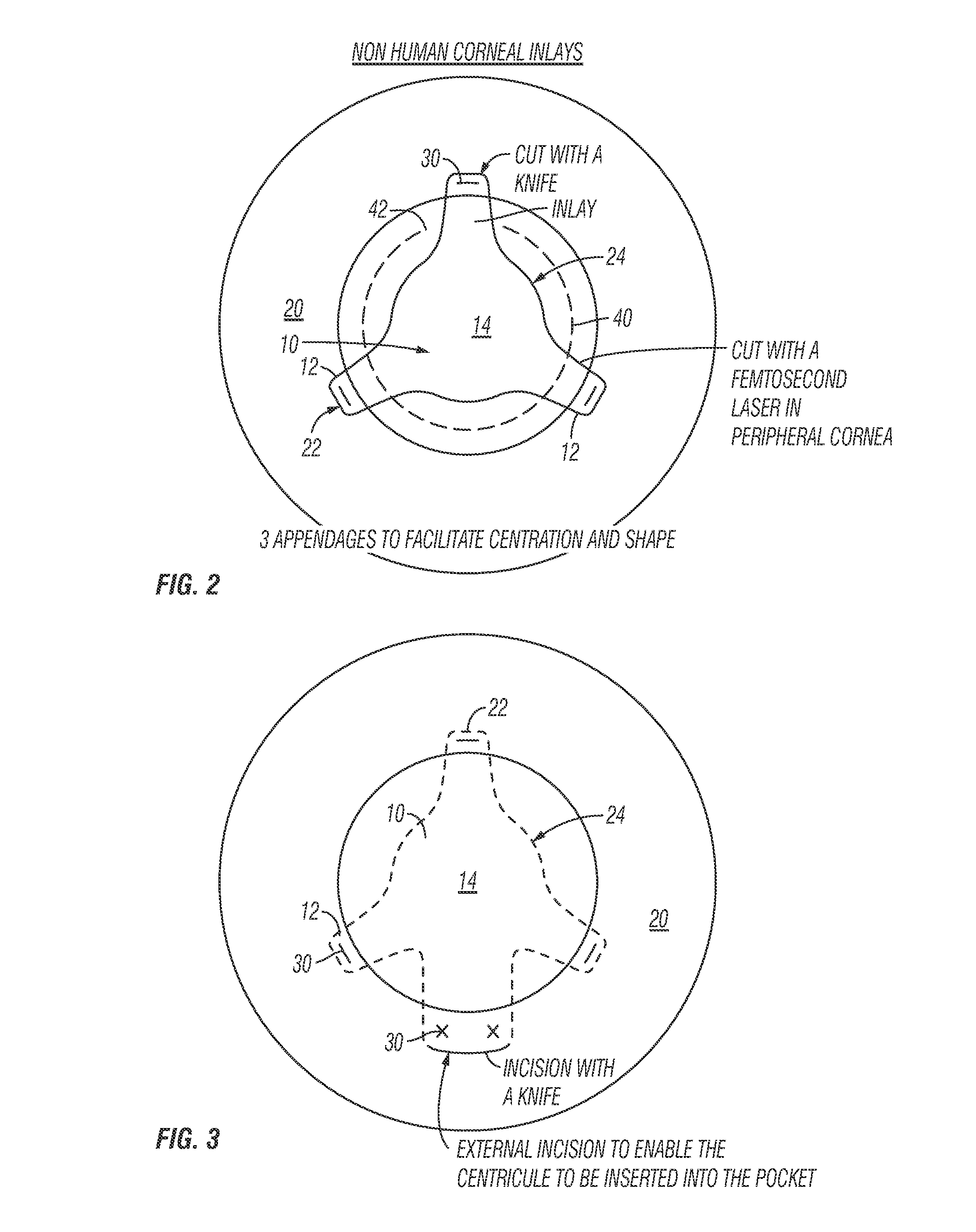Method for preparing corneal donor tissue for refractive eye surgery utilizing the femtosecond laser
a corneal donor and laser technology, applied in laser surgery, medical science, surgery, etc., can solve the problems of unpredictability of the final shape of the lenticule, unpredictability and dehydration of the lenticule material
- Summary
- Abstract
- Description
- Claims
- Application Information
AI Technical Summary
Benefits of technology
Problems solved by technology
Method used
Image
Examples
Embodiment Construction
[0036]The above described drawing figures illustrate the described invention in at least one of its preferred, best mode embodiment, which is further defined in detail in the following description. Those having ordinary skill in the art may be able to make alterations and modifications to what is described herein without departing from its spirit and scope. Therefore, it should be understood that what is illustrated is set forth only for the purposes of example and should not be taken as a limitation on the scope of the present invention.
[0037]FIG. 1 illustrates a method for preparing cortical donor tissue for refractive eye surgery utilizing a femtosecond laser according to a preferred embodiment of the present invention.
[0038]Step 100: Donor corneal tissue is removed from a donor cornea. The donor cornea is preferably selected from a group of animals consisting of: pigs, cows, rabbits, cats, dogs, primates, cetacean dolphins, sharks, and warm blooded animals and chondrychthes. The...
PUM
 Login to View More
Login to View More Abstract
Description
Claims
Application Information
 Login to View More
Login to View More - R&D
- Intellectual Property
- Life Sciences
- Materials
- Tech Scout
- Unparalleled Data Quality
- Higher Quality Content
- 60% Fewer Hallucinations
Browse by: Latest US Patents, China's latest patents, Technical Efficacy Thesaurus, Application Domain, Technology Topic, Popular Technical Reports.
© 2025 PatSnap. All rights reserved.Legal|Privacy policy|Modern Slavery Act Transparency Statement|Sitemap|About US| Contact US: help@patsnap.com



